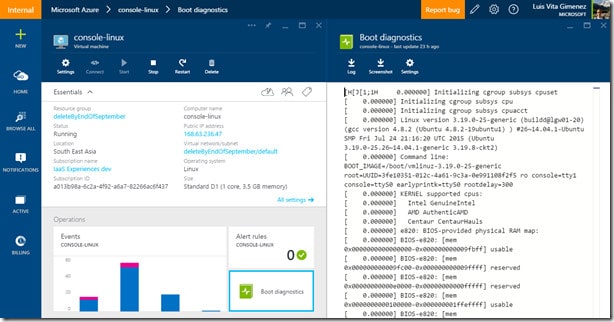
–admin-username azureuser –authentication-type password \ĭiskId=$(az vm show -g $group -n $vm1name -o tsv –query "")Īz snapshot create -g $group -n "$vm1name-ss" –source $diskId # Let the command create a new VNET, we're deleting it shortly anywayĪz vm create -g $group -l $region -n $vm1name –admin-password $random12 \ # Don't do this in real life, where the password equals part of the VM name # Create a new resource group for this test Random12=$(head /dev/urandom | tr -dc a-zA-Z0-9 | fold -w 12 | head -n 1) # Generate a random string of 12 characters to make the names unique and to use as a password # A valid password requires a length of 12 and at least one upper/lower/digit You might for example run this script in Azure Cloud Shell. The script assumes you have the latest version of the CLI (2.17 at the time of writing) and that you have already logged in ( az login) and selected an appropriate subscription. Here’s an Azure CLI test script that will help you determine the answer to the original question for yourself. So the question arises, in order to keep the snapshot, do you need to keep the disk? Keep in mind that both the disk and snapshot are Azure resources and incur a charge. However, you want to keep the pre-sysprep snapshot around.

So keeping the VM around is useless once you have the generalized image you need to set up WVD session hosts. Once you sysprep an Azure VM, the VM itself is unusable it won’t successfully boot anymore. I especially recommend taking snapshots before sysprepping the image. During the process of manually* creating an image, it’s common to take snapshots.

I’ve been working with numerous customers on Windows Virtual Desktop (WVD) deployments since I started my position at Microsoft.


 0 kommentar(er)
0 kommentar(er)
